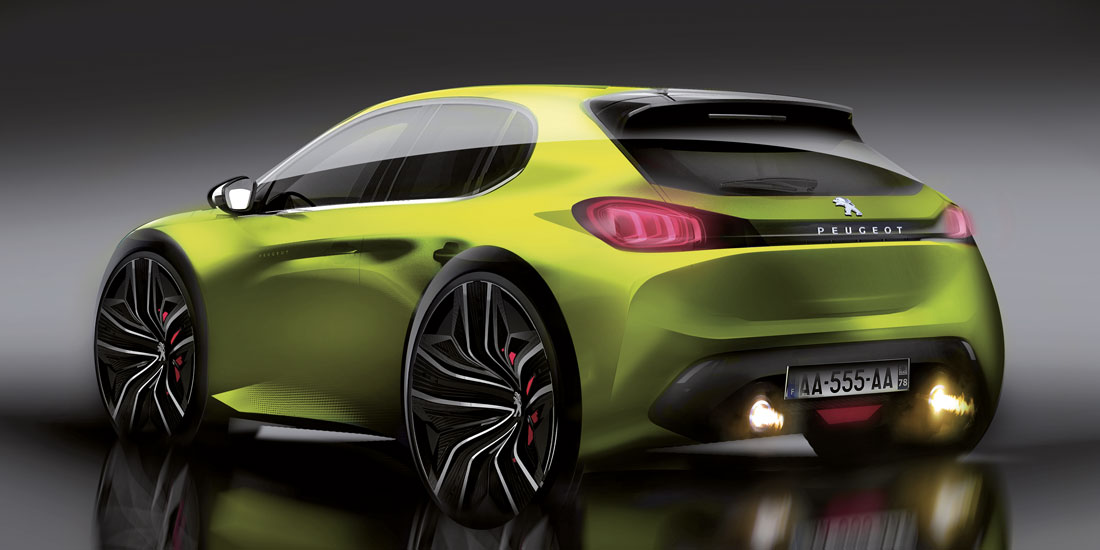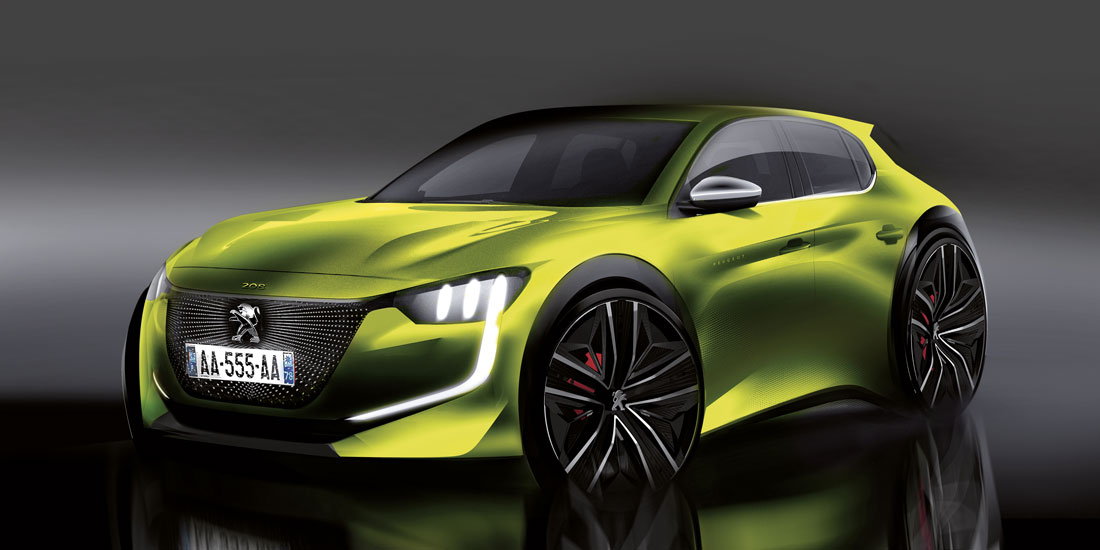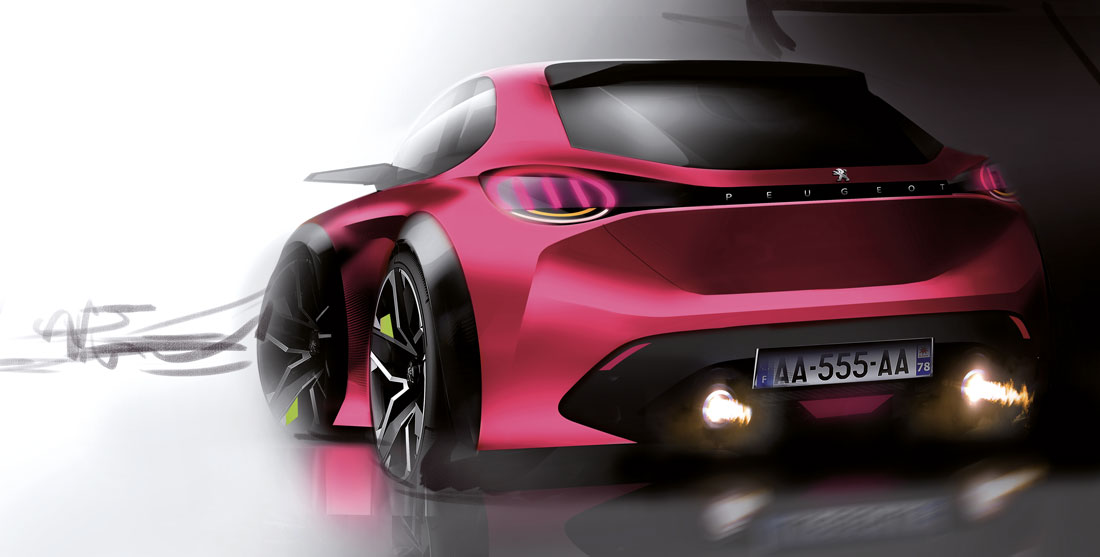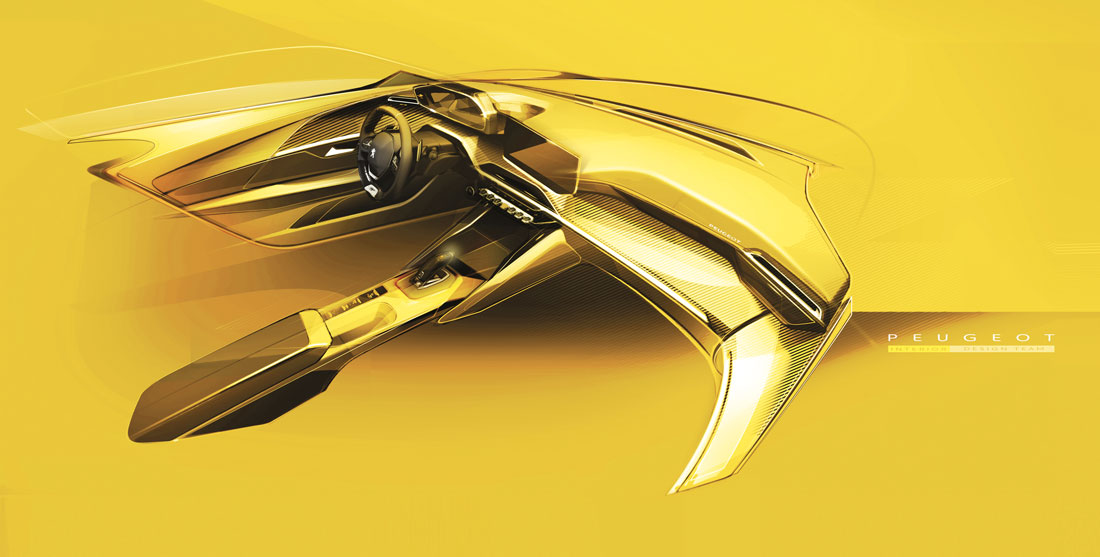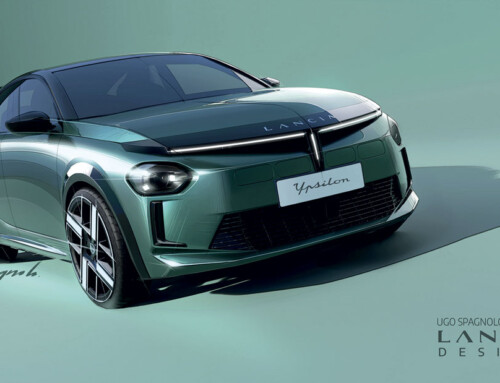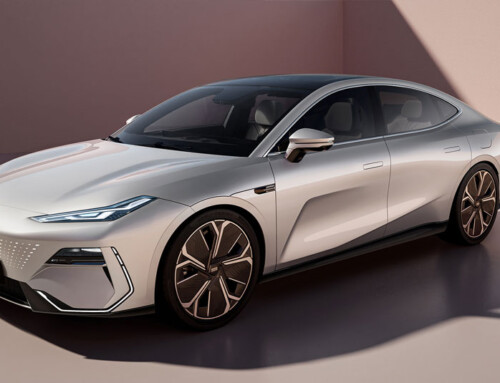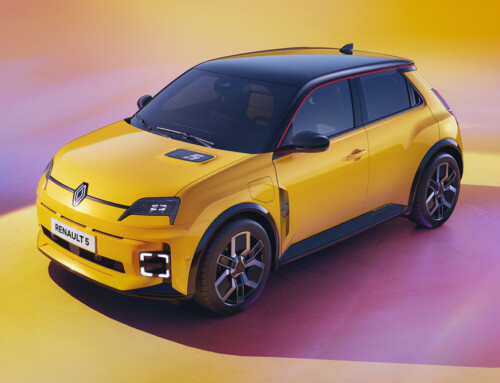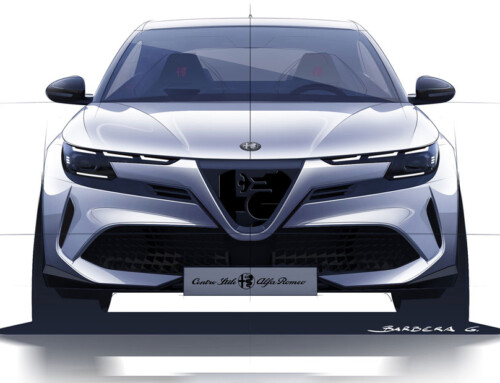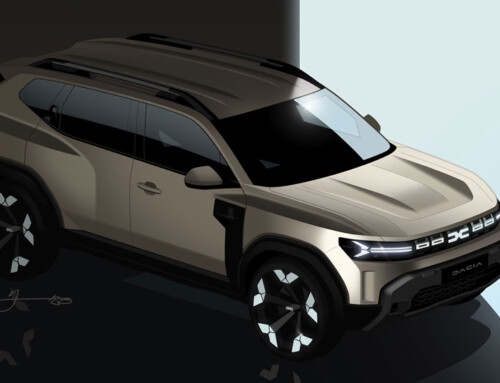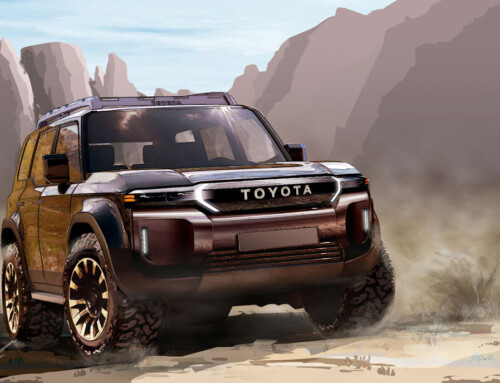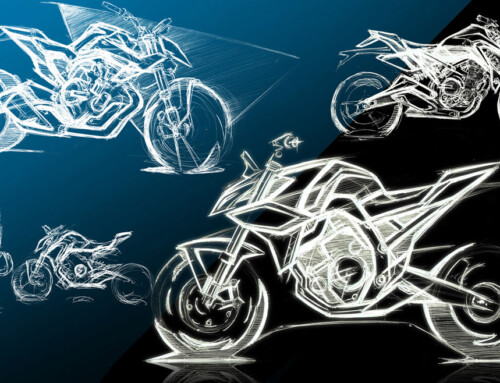For the new Peugeot 208, it is all about the proportions. The perfect balance of height, width, wheelbase, overhang, windshield rake, and glass to sheet metal. That was the bedrock on which Peugeot’s design director, Gilles Vidal, and his team, including Yann Beurel, head of exterior design, and Eric Dejou, head of interior design, built the new 208. “For us the challenge was finding a strong personality, a unique thing on the roads, different from the others, and with the best possible proportions,” Vidal said.
The design competition opened four years ago, but Peugeot designers started thinking in general terms about the new 208 even before that. “We studied the global morphology of the car — do we replace the current 208 with a similar concept, or do we shift to something different?” Vidal said. “Then, there was the issue that the car would have both internal combustion and electric drivetrains. It was an architectural package issue to be answered.
The answer: “We tried to go with a more sporty, dynamic car, a lower car — windscreen back a little, a bit wider, a tiny bit longer,” Vidal said. The inspiration: The original French “hot hatch” — the 205gti from the mid-1980s, with its distinctive black parabolic wheel arches and horizontal vents on the C pillar.
There were also specific takeaways. The rear window of the 205 was inclined at almost exactly a 45-degree angle, Vidal said, and the inside of the C pillar is vertical, with rounded corners. “We created almost exactly that triangle right above the rear wheel — it’s very simple and powerful in terms of recognition,” he said of the new 208. The wheel-arch treatment also has the effect of improving the proportions, at least visually.
“These days to reach visually ideal proportions you want to put the wheels at the four corners of the car as much as you can, at least for a little car,” Vidal said. “And you want to make the wheels as large as you can.” The extended arch trim makes the wheels seem bigger, and shortens the overhang. “It makes the car interesting and exciting,” Vidal added.
The 208, however, plays within Peugeot’s recent design language, as seen in the 3008 and 5008 crossovers, and the 508 fastback sedan and station wagon. Among the cues are a clamshell hood, “lion’s claw” tail lights and front running lights, and the model number badged on the front. Even though Peugeot strives to avoid the “Russian doll” effect of scaling up or down a single silhouette, the thread that runs through all recent models is a lack of superfluous ornamentation or brightwork.
(Full article in A&D no. 237)

